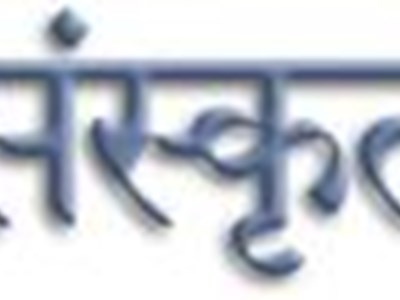Sanskrit is the classical language of Indian and the liturgical language of Hinduism, Buddhism, and Jainism. It is also one of the 22 official languages of India. The name Sanskrit means "refined", "consecrated" and "sanctified". It has always been regarded as the 'high' language and used mainly for religious and scientific discourse.
Vedic Sanskrit, the pre-Classical form of the language and the liturgical language of the Vedic religion, is one of the earliest attested members of the Indo-European language family.
Today Sanskrit is used mainly in Hindu religious rituals as a ceremonial language for hymns and mantras. Efforts are also being made to revive Sanskrit by various organisations around the World; Bhuj Mandir is one such organisation.
Since the late 19th century, Sanskrit has been written mostly with the Devanāgarī alphabet. However it has also been written in all the other alphabets of India (except Gurmukhi and Tamil) and in other alphabets such as Thai and Tibetan. Sanskrit has also been written in the Latin alphabet. The most commonly used system is the International Alphabet of Sanskrit Transliteration (IAST), which has been the standard for academic work since 1912.
Most transliterated (lipi) scriptures published by Bhuj Mandir also follow the IAST system and so it is important that devotees understand what it is and why we must know it to fully appreciate the original language and the sounds we are meant to produce when reading these scriptures, as the slightest variation may have a different meaning.
Useful Resources

